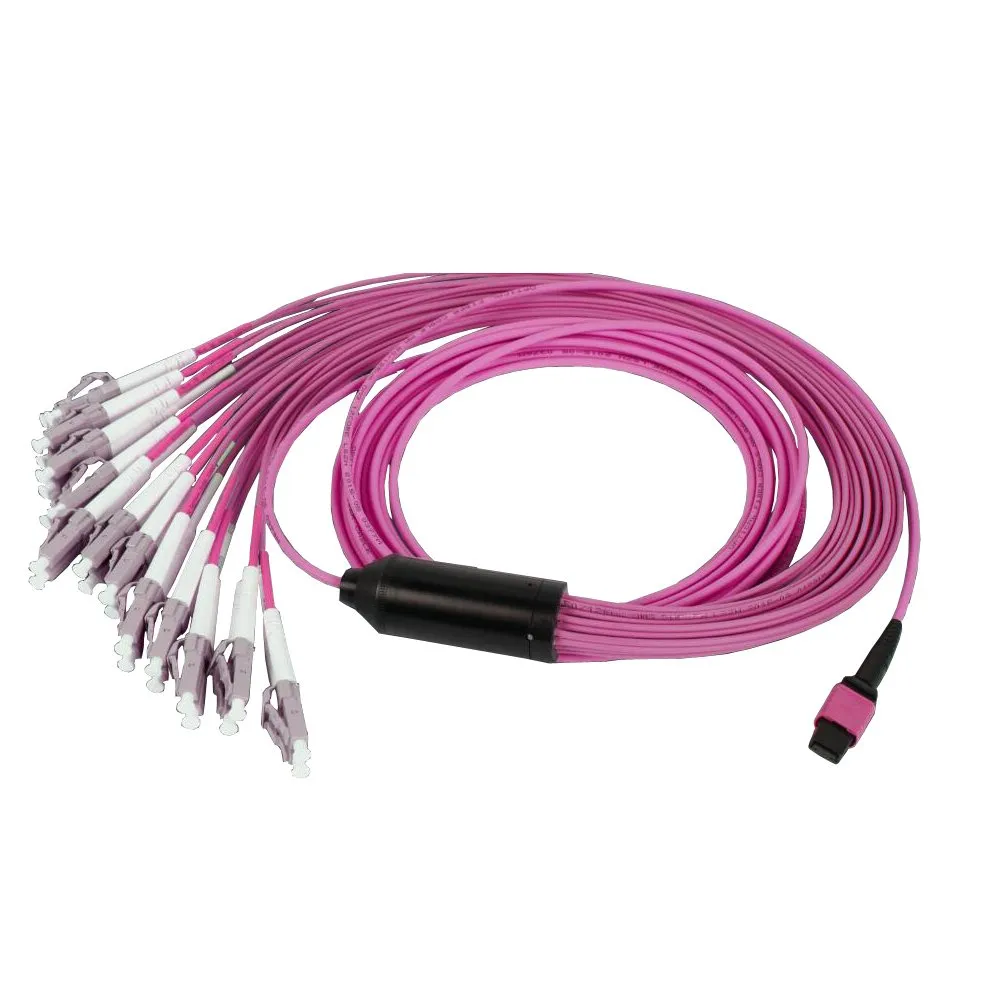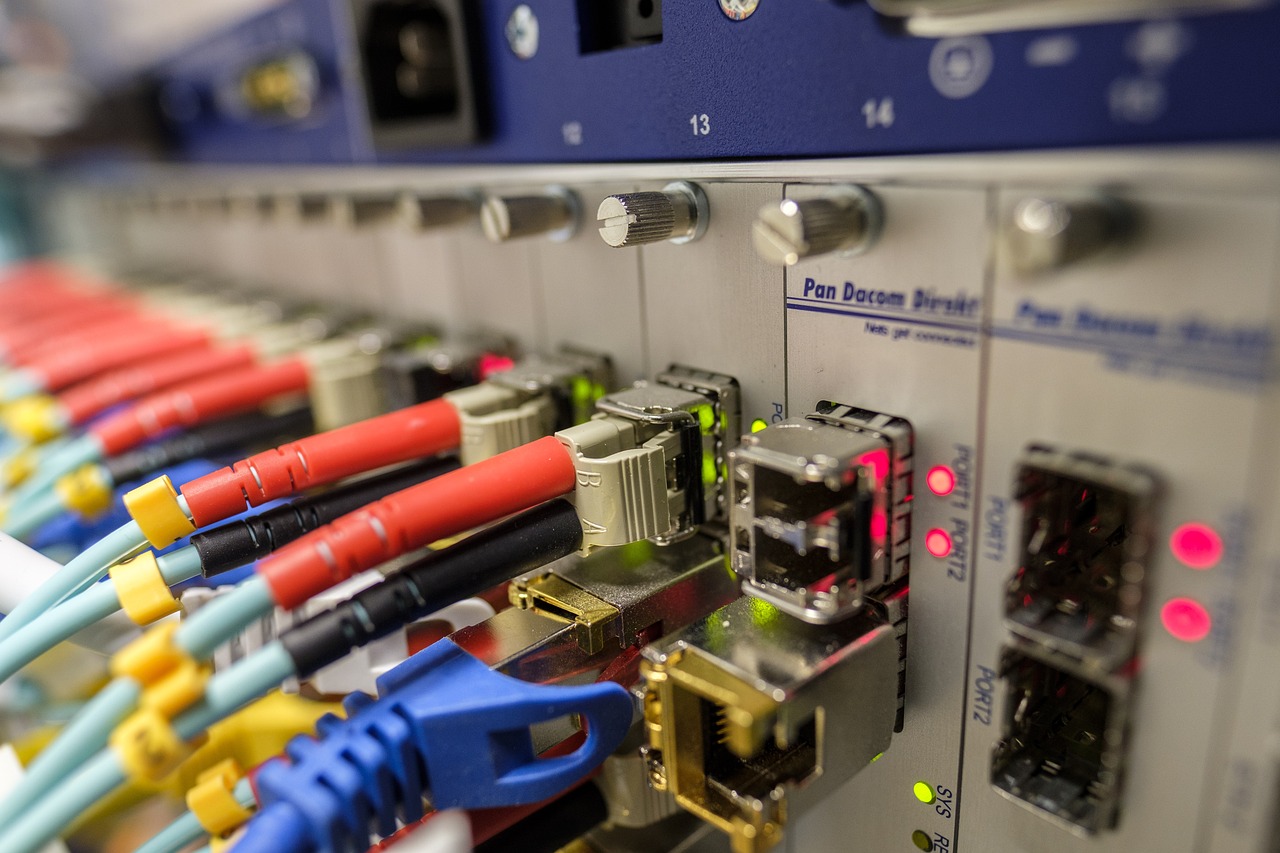5 Key Features of 12-Core MTP Optical Cable for 100G Networks

Introduction to 12-Core MTP Optical Cables
When it comes to high-speed networks, the Optical Cable plays a crucial role in ensuring seamless connectivity. Among the various types of optical cables available, the MTP (Multi-Fiber Termination Push-on) cable has gained significant attention for its remarkable capabilities. In this section, we will delve into what sets the 12-Core MTP apart and explore its significance in modern networking solutions.
What Makes 12-Core MTP Stand Out
The Basics of Optical Cables
Before diving into the specifics of the 12-Core MTP, it's essential to understand the fundamental aspects of optical cables. These cables are designed to transmit data using light signals, offering high bandwidth and reliability for data transmission.
Why 12 Cores?
The 12-Core configuration of the MTP cable refers to the number of fibers within a single connector. This design allows for efficient data transmission and is particularly well-suited for high-density applications where space optimization is critical.
My First Encounter with MTP Cables
A Personal Anecdote
I vividly recall my first encounter with an MTP cable during a network upgrade project. The sleek and compact design immediately caught my attention, hinting at its advanced capabilities.
The "Aha" Moment
As I delved deeper into understanding the technical specifications and performance benefits, I experienced an "aha" moment realizing how this innovative technology could revolutionize high-speed network infrastructure.
The Role of OM4 in High-Speed Networks
In the realm of high-speed networks, OM4 (Optical Multimode 4) fiber holds a pivotal position, offering enhanced capabilities to meet the escalating demands for data transmission. Let's unravel the significance of OM4 and its seamless integration into modern networking solutions.
Decoding OM4
What is OM4?
OM4 represents a specialized type of optical fiber designed to facilitate the transmission of multiple light signals simultaneously. This multimode fiber variant is engineered to support high bandwidth, enabling the efficient conveyance of data across short to medium distances within network infrastructures.
The Benefits of Using OM4
The utilization of OM4 brings forth a multitude of advantages, including superior signal quality, reduced attenuation, and heightened efficiency in transmitting data at elevated speeds. Its enhanced performance characteristics make it an ideal choice for organizations seeking reliable and robust connectivity solutions.
OM4 and 100G Networks
A Perfect Match
The compatibility between OM4 fiber and 100G networks is nothing short of exemplary. The inherent properties of OM4 align seamlessly with the requirements of 100G networks, ensuring optimal data transfer rates and minimal signal loss, thereby fostering a cohesive and resilient network environment.
Real-World Applications
In practical scenarios, OM4 finds extensive application in diverse settings such as enterprise data centers, telecommunications facilities, and cloud computing infrastructures. Its versatility and efficiency make it a preferred option for supporting high-speed networks across various industries.
LC/UPC Connectors and Their Importance
In the realm of optical networking, LC/UPC connectors play a pivotal role in ensuring seamless connectivity and optimal performance. Let's delve into the significance of these connectors and their indispensable role in modern networking solutions.
Getting to Know LC/UPC Connectors
What Are LC/UPC Connectors?
LC/UPC connectors are a type of small form factor (SFF) fiber optic connector known for their compact design and reliable performance. They feature a 1.25mm ceramic ferrule, making them ideal for high-density connections where space optimization is crucial. The design of LC/UPC connectors enables efficient signal transmission while minimizing signal loss, contributing to the overall reliability of optical networks.
Their Role in Connectivity
The primary function of LC/UPC connectors is to establish robust and low-loss connections between optical fibers. These connectors facilitate the seamless transmission of data signals, ensuring minimal interference and maintaining signal integrity across the network infrastructure. Their compatibility with various fiber types further enhances their versatility, making them suitable for a wide range of networking applications.
The Advantages of LC/UPC in MTP Systems
Enhancing Performance
The integration of LC/UPC connectors within MTP systems brings forth notable performance enhancements. The precision and low insertion loss characteristics of LC/UPC connectors contribute to the overall efficiency of MTP optical cables, enabling reliable data transmission at high speeds with minimal signal degradation.
Ease of Use and Flexibility
One key advantage of LC/UPC connectors lies in their user-friendly design, which simplifies installation and maintenance processes. Their push-pull coupling mechanism allows for quick and secure connections, reducing deployment time and enhancing operational efficiency within network environments. Additionally, the flexibility offered by LC/UPC connectors makes them well-suited for diverse networking setups, accommodating varying connectivity requirements with ease.
Final Thoughts on 12-Core MTP Optical Cables
Summing Up the Benefits
As we conclude our exploration of the 12-Core MTP optical cables, it's essential to recap the key advantages they offer. These cables, with their high-density configuration and efficient data transmission capabilities, are instrumental in establishing robust and reliable network connections. The MTP technology, combined with the 12-core design, ensures seamless connectivity while optimizing space utilization within networking infrastructures. Moreover, the enhanced performance characteristics of these cables make them a game-changer in high-speed network environments, catering to the escalating demands for rapid and secure data transmission.
Why They're a Game-Changer
The significance of 12-Core MTP optical cables lies in their ability to revolutionize network connectivity. By incorporating advanced fiber optic technology and a high-density configuration, these cables elevate the standards for efficient data transmission in modern networking solutions. Their impact extends beyond conventional connectivity, paving the way for enhanced network performance and scalability.
Looking Ahead
As we look to the future of optical cables, it's evident that 12-Core MTP configurations will continue to play a pivotal role in shaping high-speed network infrastructures. The ongoing advancements in fiber optic technology and networking solutions are poised to further enhance the capabilities of these cables, ensuring seamless connectivity and optimal performance across diverse industry applications.
My Final Thoughts
In conclusion, my journey with 12-Core MTP optical cables has been enlightening, underscoring their indispensable role in modern networking solutions. Their remarkable features and transformative potential position them as key enablers of high-speed data transmission, laying a solid foundation for resilient and future-ready network infrastructures.
See Also
Contrasting MTP vs. LC/UPC Cables for 100G Data Transmission
Advantages of MTP/MPO Cables for Rapid Data Transfer
Optimizing 2.5m HW SFP-10G-CU2.5M for 10G Data Transmission
Essential Characteristics of 144 Cores, 1U, 19” MPO-LC, OM4 Patch Panel


